On a recent visit to the Chelsea Flower Show it struck me that virtually every show garden – whatever their size – included some form of ‘water feature’. Incorporating water into any garden really does make a difference. It can be used to add the effects of sound and movement; to reflect attractive plants or buildings, as a site for sculpture, or simply something lovely to look at (even on a miserable winter’s day). And really importantly, water can bring a wealth of wildlife in to the garden and help to create really valuable habitats.
It’s hard to imagine as I write this in lashing July rain following weeks and weeks of May and June rain, that one day soon (ever the optimist!) the sun will come out and the temperatures will rise. And when that day comes, there will be nothing better than sitting in my garden listening to the sound of running water and watching the birds and insects that water always attracts. I can’t wait!
There is so much choice when it comes to adding water to a garden it can be hard to know where to start. If wildlife is your focus then a simple pond, small or large, but with lots of plants will do the trick. You don’t need to run power for a pump as long as there are enough oxygenating plants in the pond to keep the water clear and healthy, so it doesn’t have to be a major job, although its construction and positioning will need thinking through carefully.
Ponds should be sited away from tree roots and as far as possible, away from leaf fall (which will pollute the water and lead to algae growth). They should also have sun shining on them for at least half the day so they don’t work well in shady positions. And if there’s space, a ‘beach’ around just a section of the pond works wonders for attracting wildlife.
Gardens on slopes can be brilliant sites for streams and waterfalls running into ponds, but the key really is to make the whole thing look natural – which will not happen overnight. Careful planning is needed to get all the elements working well together – not just the layout, but materials such as stone which should be sympathetic to the site. Plus the right planting is essential to make everything seem like it has always been there and not just plonked in the garden on a whim!
For gardens with a more ‘designed’ feel, formal pools work well. One of the most successful pools I designed is incredibly simple but has great impact. Water runs from a raised pool into a rill (canal) which in turn runs down into a slightly sunken pool. The lower pool isn’t planted but creates a very calming focal point for the garden. The sound of running water adds another dimension of interest to any space and can be used on any scale to enhance the experience of being near water.
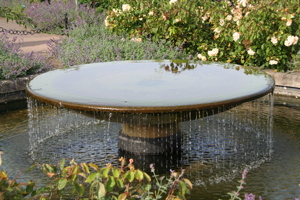
Water ‘sculptures’ where the water simply circulates in a self-contained unit make very effective features in gardens – whatever their size and whatever your budget (or the type of impact you are looking for!).
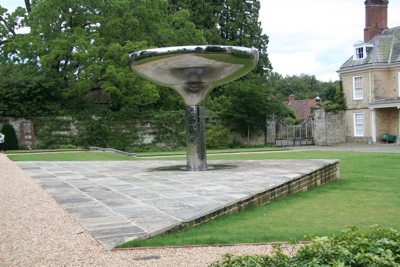
Commissioning a piece rather than buying something off the shelf means you get something totally unique and perfect for your own garden. Obviously such features need power to run, and ideally a system to top up the water supply as it reduces with evaporation.
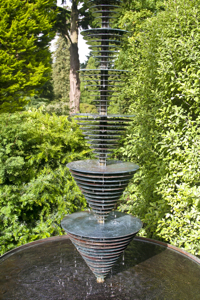
And what about fun? In the Renaissance period, fountains in Italian gardens were used as a form of outdoor theatre (‘giochi d’acqua’ or ‘water jokes’) where unsuspecting visitors were suddenly soaked by jets of water. I love the random water jets which I first saw in Paris years ago, and which have since sprung up (if you’ll excuse the pun) at various places in London, such as Somerset House. It’s a great game to get in the middle and try to get out without getting soaked. Or even better, watch someone else try to get out without getting soaked!
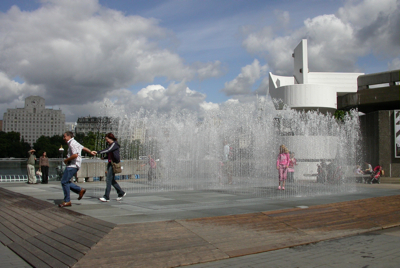
Probably not ideal for many domestic settings, but then again, why not? It could be a lovely way to spend a hot sunny afternoon, dodging in and out of water – and it would definitely make a change from dodging the rain!
Photo credits: http://www.photoforsale.co.uk/nature-photos.htm/ Janet Bligh

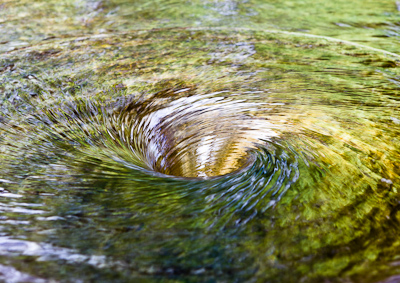
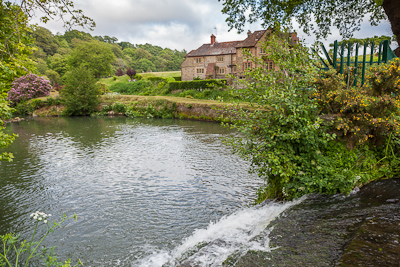
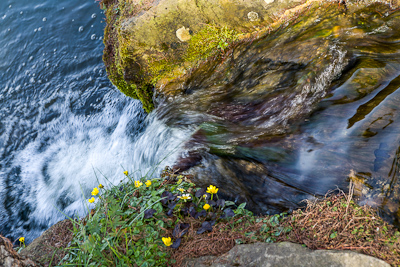
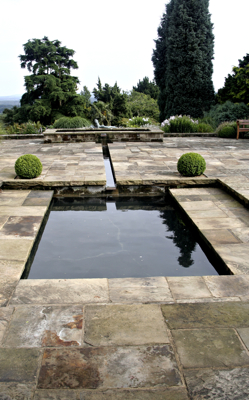
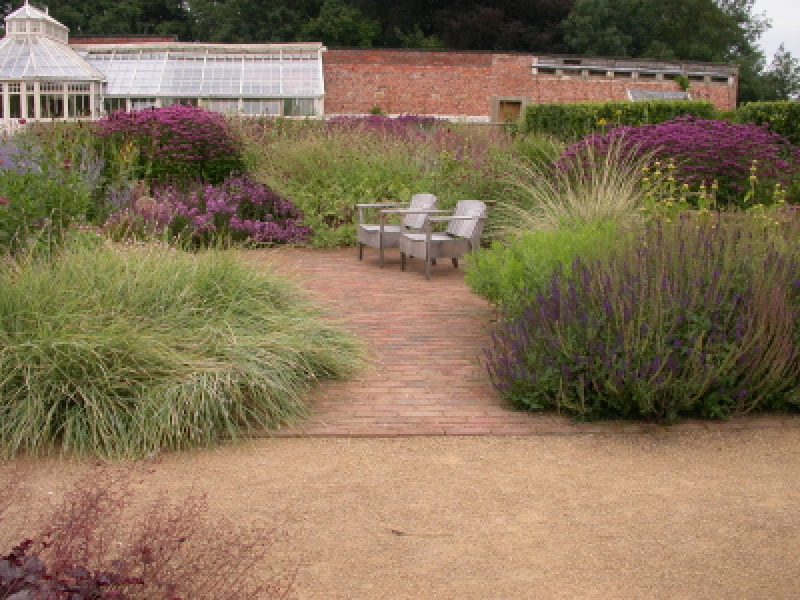
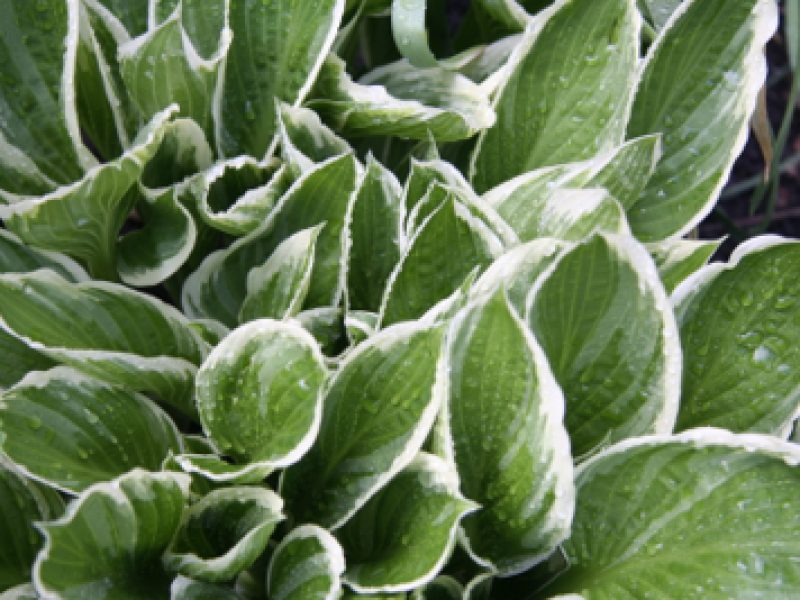
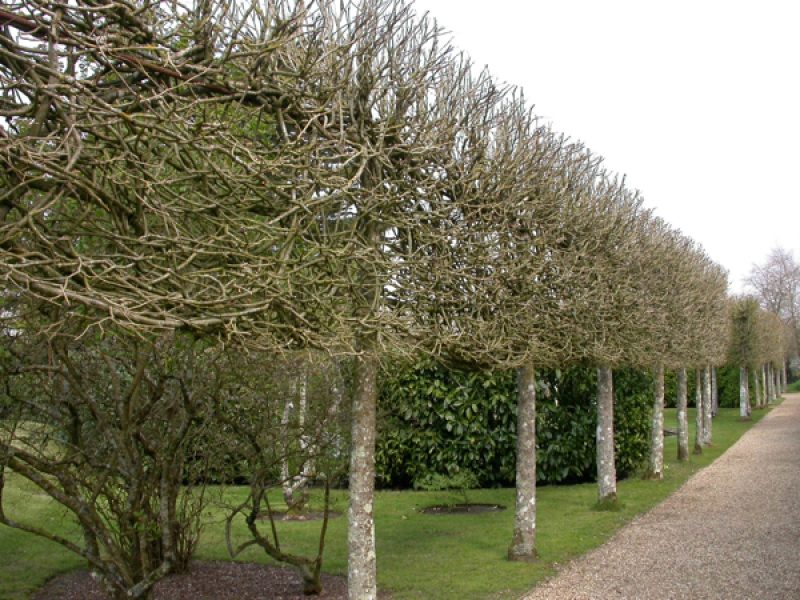
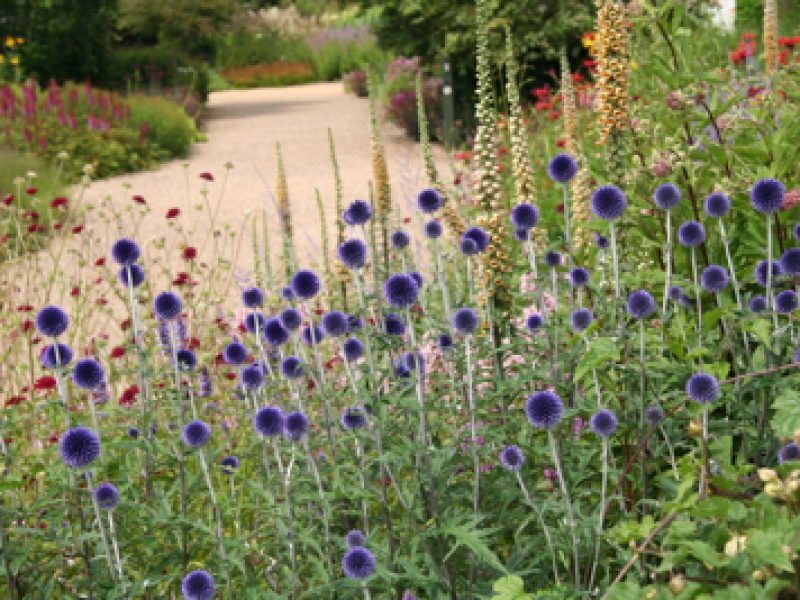
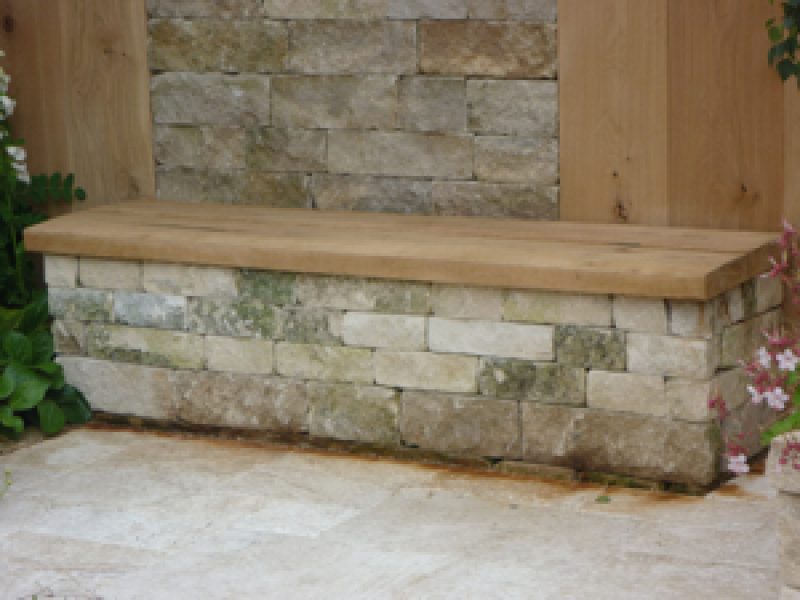
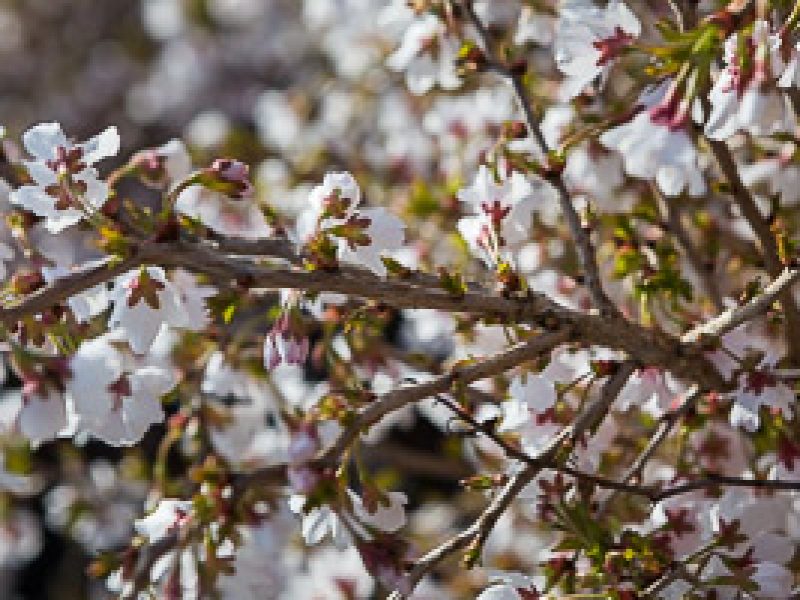
Reblogged this on Faithapril3's Blog and commented:
how nature can create such beauty..just love